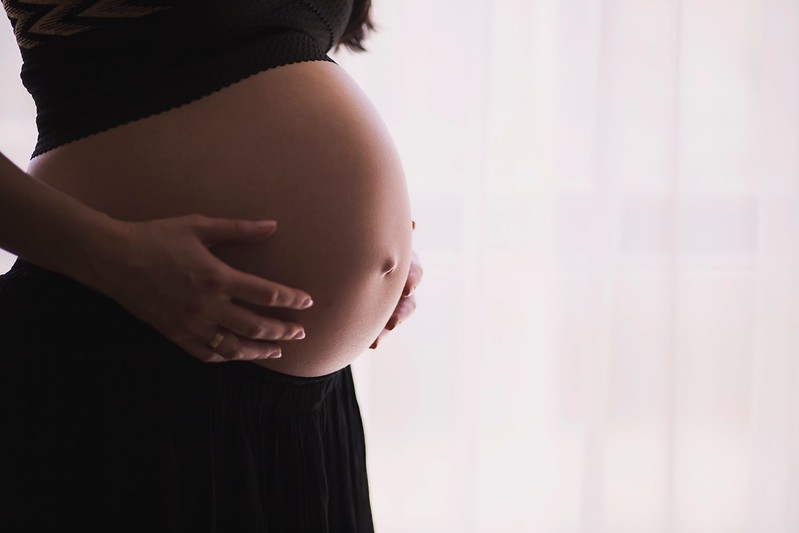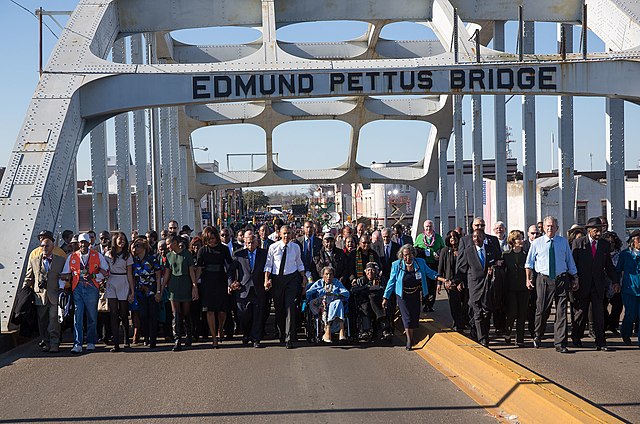
Fetishes or Cyborgs? Religion as technology in the Afro-Atlantic space
(Editor’s Note: This blog post is part of the Thematic Series Data Swarms Revisited) Afro-Brazilian religions like Candomblé, Umbanda or Xangô, are a cluster of religious practices that originated mostly in West Africa, especially in Yorubaland (Nigeria and Benin), but also in Congo and Angola. Similar to other Afro-diasporic religions (i.e. Vodou in Haity and Santeria in Cuba), Candomblé shares many elements with West African traditional religious practices, like the names and characteristics of their deities (called orixás in Brazilian Portuguese and òrìṣà in Yoruba). These deities embody elements of the natural landscape and atmospheric phenomena that are regarded as personas with their own material and spiritual agency. However, in the whole Afro-Atlantic space the most important common trait is the presence fabricated objects. After a ritual procedure they become the bodies and the material manifestation of the deities themselves. These objects, often referred to as “fetishes,” represent the point of mediation between the material and the spiritual world (Meyer 2012: 15). Indeed, Western conception of materiality is often charged with moral implications, opposed to the pure and transcendent qualities of the spirit (Espírito Santo 2010). Conversely, in Afro-Atlantic religions, objects, elements and atmospheric phenomena are considered to be alive or to have a certain individuality, will or personality, in a way that the scientific Western thought would consider unacceptable. (read more...)






